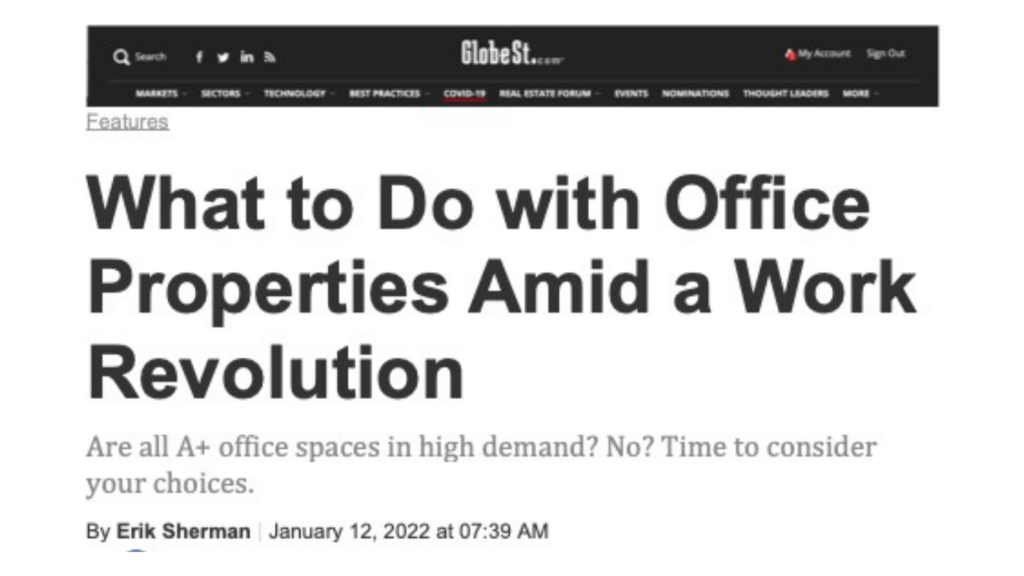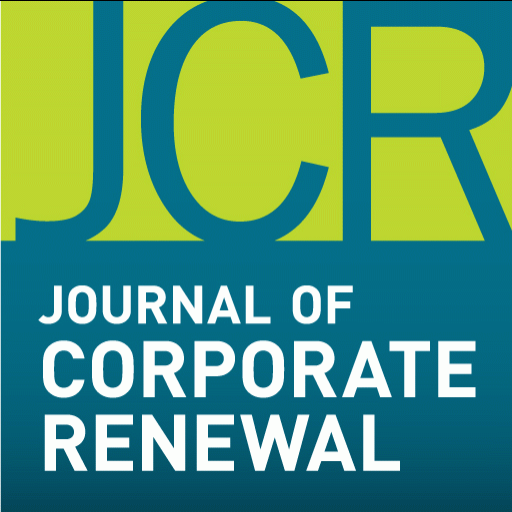
Private real estate lender Trez Capital last month announced that it closed a $37.3 million construction loan for a project in the Cincinnati suburb of Springdale. Trinity Square Holdings is using the money to redevelop two office buildings.
Not to create Class A offices during a pandemic. Instead, the project is creating multifamily housing comprising 129 apartments and 97 townhouses.
Will office come back? Maybe. Eventually. Partially. Depending on whom you ask.
But will it come back the way it once was? With every new Covid variant and employee who really likes the flexibility and work-life balance that remote and hybrid employment offer, it seems increasingly unlikely.
The properties that are unlikely to hear the pitapat of busy employee feet will need another purpose. That’s why developers like Trinity Square are looking at transforming office space into something completely different
“We are seeing flex office being modified as fully air-conditioned industrial distribution space for last-mile delivery services, provided the ceiling height works for the tenant,” Michelle Wogan, executive vice president of agency leasing at Transwestern, tells GlobeSt.com. “We are also seeing many developers express interest in the conversion of office to residential. There are incentives available for these developers if they want to work with government entities.”
“Adaptive reuse of commercial office space, generally into residential rentals, will get more active [especially for older buildings],” says Chester P. Lee, co-chair of Duane Morris’ real estate practice group. “This is partially driven by ESG considerations as well as higher vacancy rates.”
But the choices of a building owner or developer depend on the specifications of the situation. “Say, for instance, that we’re talking about an office building built in the 1950s, class B or class C office space for instance on Madison Avenue south of 42nd Street [in New York City],” Harold Bordwin, principal and co-president of Keen-Summit Capital Partners, tells GlobeSt.com. “As Class A space suffers increasing vacancies, its rents come down and thereby draw in tenants who previously were in class B space. The older NYC office buildings have difficulties competing for and holding onto tenants.”
Given New York’s population density, and ignoring debt constraints on the building, “the highest and best use for that property is probably a residential conversion, which means a gut renovation,” Bordwin adds. “One is not turning an office building on Madison Avenue into a retail shopping center or a distribution center.”
However, there’s a challenge because of the financial considerations of rehabbing a property. “With the current market, many real estate owners are finding that speed to market is essential today,” says architect John Cetra, a founding principal of CetraRuddy, which has converted more than 40 conversions. “Turnaround time is now a key factor, and many developers are looking for strategies to create successful conversions through minimal interventions.”
Minimization is a good thing given that supply chain constraints are making delays and cost overruns a regular part of business.





